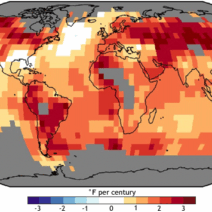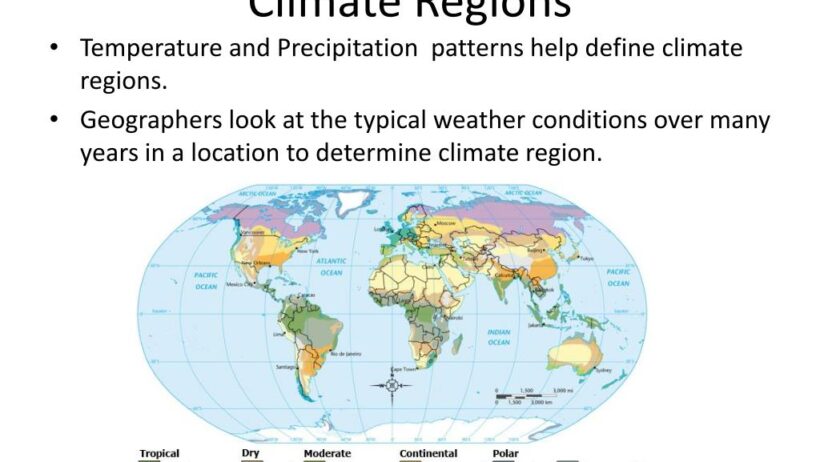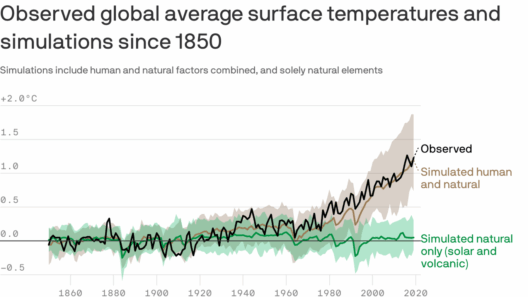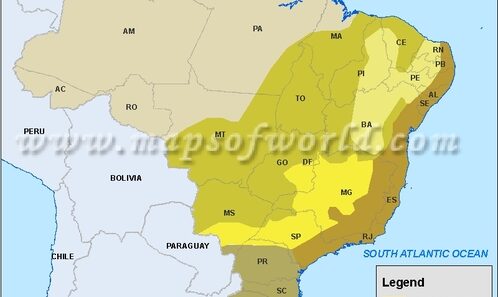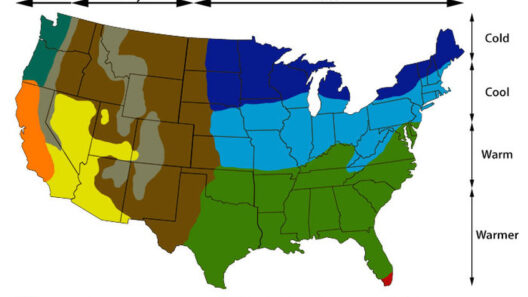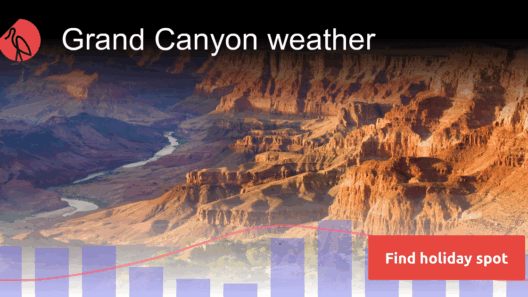To grasp the concept of “climatic,” one must embark on a journey that transcends the mere fluctuations of daily weather patterns. It encompasses a vast and intricate tapestry of atmospheric phenomena, shaped by an array of variables including geography, ecology, and human activity. Ultimately, “climatic” refers not just to localized weather occurrences; it embodies the broader, often slower-moving forces that sculpt the environments we inhabit and the lives we lead.
The term “climatic” peers into the essence of climate, which is the long-term average of weather conditions in a specified region over extended periods—typically decades to centuries. Herein lies the differentiation between weather and climate: weather may change unpredictably from day to day, like an impetuous artist who dabbles with a palette of moods, while climate offers a stable framework within which these variations unfold. This enduring pattern, however, is not static. Climatic conditions evolve and adapt, reacting to both natural cycles and anthropogenic pressures.
One of the most salient aspects of the term “climatic” is its implication of permanence. It evokes the memory of ancient forests weaving through the humid air, the arid expanses of deserts, and the cooling breath of temperate regions. From humid subtropical to polar climates, each has its own story—tales spun across millennia of interactions between the atmosphere and the biosphere. Yet, as we unravel this narrative, we must confront an unsettling counter-narrative: Climate change is an unforgiving tide that compels us to reconsider our place within this grand tapestry.
Consider the profound metaphor of a symphony. Each climatic zone represents an ingredient in this orchestral composition, contributing distinct tones to the whole. The arctic tundras provide a haunting lullaby, while tropical rainforests burst forth in vibrant crescendo. Each ecosystem flourishes in climate-specific choreography; when one instrument falters or is improperly tuned—due to climate change, for instance—the entire symphony can falter, leading to a discordant existence that risks unraveling the delicate balance of life itself.
Geographically, climatic regions can be broadly classified into five fundamental types: tropical, dry, temperate, continental, and polar. Each of these climatic regions presents unique challenges and opportunities for both human and environmental systems. In tropical climates, the abundance of rainfall fosters lush biodiversity, yet this very abundance yields challenges such as flooding and disease proliferation. Conversely, arid climates, with their scant precipitation, may inspire innovation in water efficiency, compelling adaptations for sustainability in human settlements. The temperate regions flirt with the ideal: seasonal variety accompanies moderate temperatures, fostering agricultural diversity and societal growth—but even here, climate extremes can rear devastating consequences.
The continental climates stretch beyond the predictable, where vagaries of temperature can shift dramatically. Residents find themselves at the mercy of dry windy winters or sweltering summers. In stark contrast, polar climates pose their own unique exigencies. The ice cap’s frigid grasp is symbiotic yet fragile, nurturing specialized ecosystems that could collapse under the weight of warming temperatures.
As climate change encroaches upon all regions, it heartily challenges the established climatic norms. The delicate balance tipped, one must ponder: How does “climatic” take on new meaning amidst rapid transformation? Climate change acts as a specter, revealing the vulnerabilities that lurked under the surface of stable climatic patterns. With each shifting season—being haunted by erratic weather patterns—droughts, floods, hurricanes, and heatwaves become increasingly commonplace. These happenings reveal not just random caprices of nature, but rather a collective climatic tapestry fraying at the edges.
The implications of these new realities extend beyond nature. They reverberate through economies, health care, and security. As droughts stretch the believability of agricultural resilience and floods reconfigure coastal cities, policymakers are pressed to adjust their cognitive frameworks. The weight and significance of climatic data must now be woven into the very fabric of governance, urging an interdisciplinary dialogue that embraces both natural science and social equity.
Without a doubt, the rising urgency to grasp the nuances of “climatic” places a burden on society. Education becomes crucial as we navigate the labyrinth of climatic changes. Understanding climate science is imperative for fostering a collective identity and shared responsibility. We transition from passive observers of natural variability to stewards of our planet’s future, emboldened to make decisions driven by awareness and foresight. Indeed, the journey to apprehend the term “climatic” forces an epiphany—not solely about the environment, but about our interconnectedness and interdependence.
In essence, the exploration of what is “climatic” opens a Pandora’s box of potentialities. The specter of climate change casts shadows upon familiar landscapes, altering perceptions and igniting action. Uniting various disciplines—from climatology to sociology—ensures we traverse the myriad pathways that illuminate our reality. As humanity stands at this crossroads, the evolution of climate must be met with resilience and creativity, for the fate of our planet hinges on our ability to reimagine the narratives woven into the fabric of our, quite literally, changing world.
